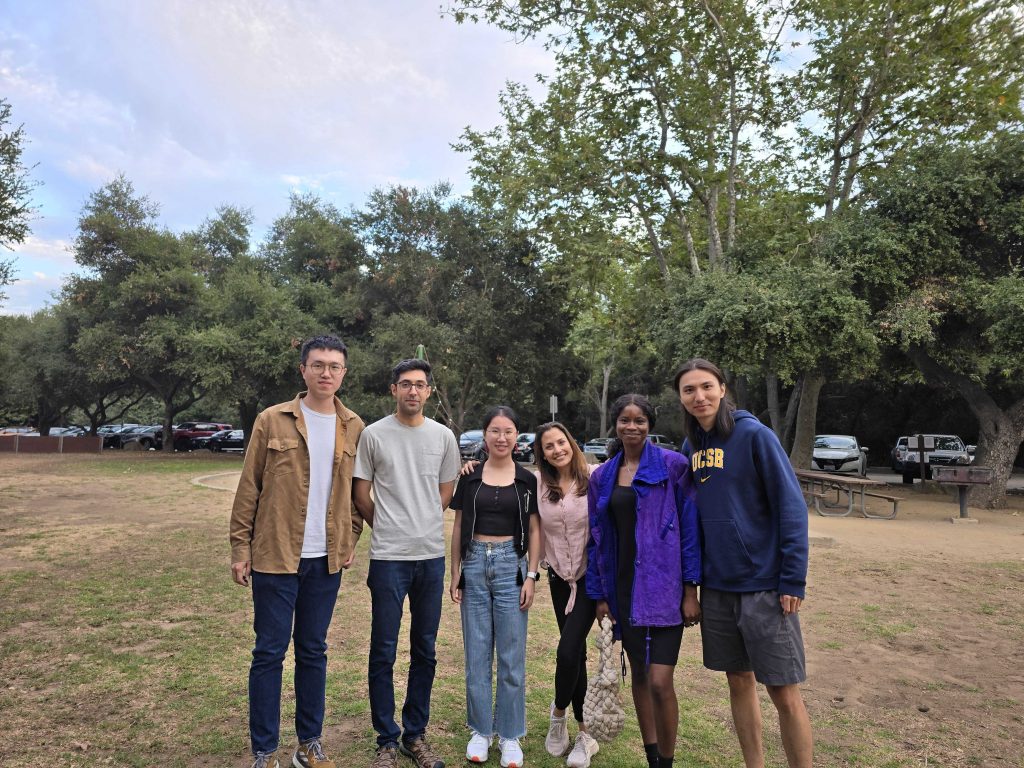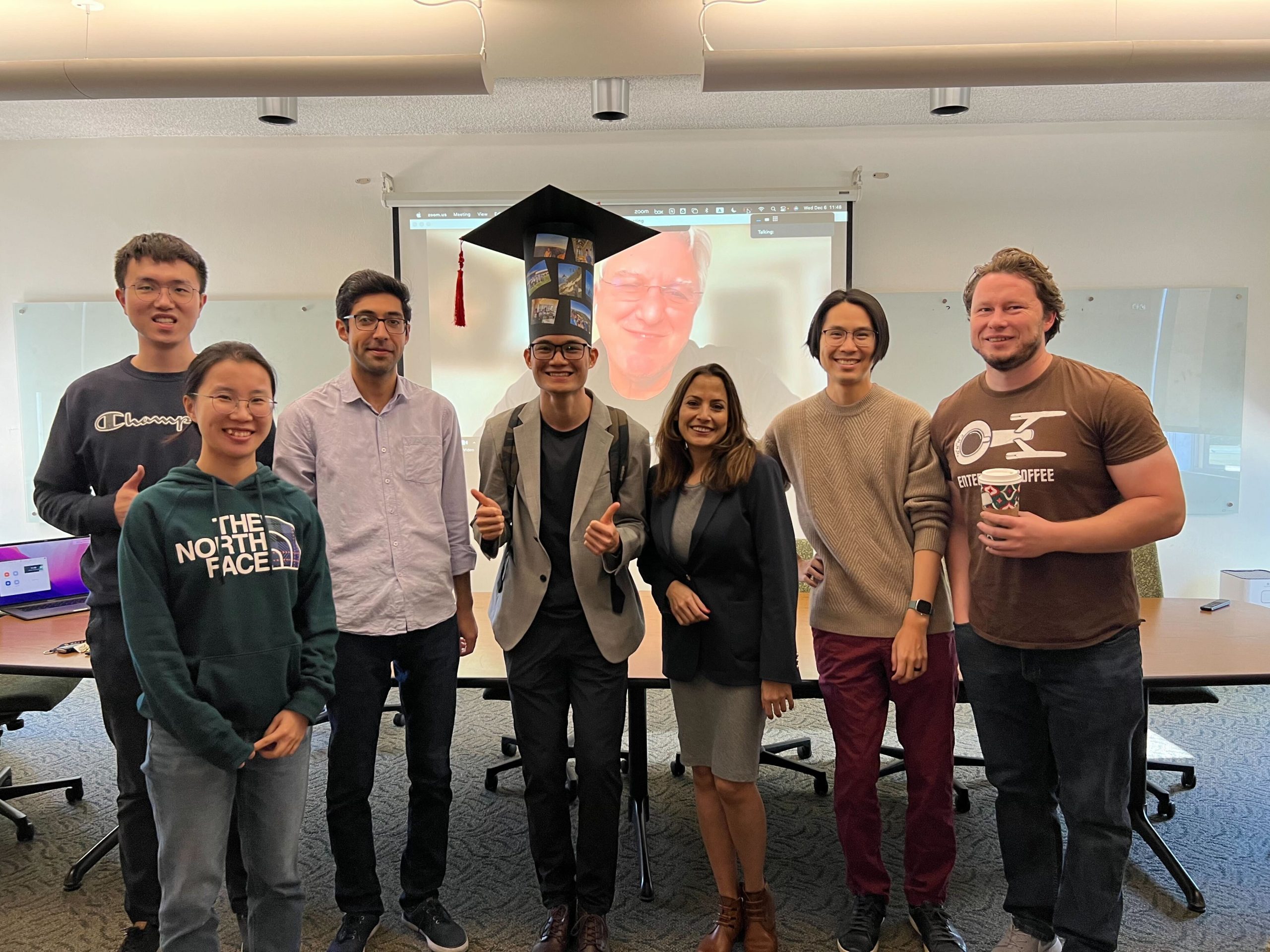
The MOVE Research Group at the University of California Santa Barbara conducts basic and applied research to study movement and spatiotemporal processes such as human mobility, animal movement, migration, disease spread, and movement responses to natural hazards (e.g. wildfires, hurricanes). Using large arrays of movement and tracking data sets, we develop data analytics, machine learning and knowledge discovery methods, agent-based simulation models, and visualization techniques to answer questions surrounding the behavior of moving individuals and interactions in social and ecological systems. We apply spatial data science and computational approaches to investigate how movement patterns are formed in dynamic natural and human systems and how individuals respond to changes in their environments. Current projects of the MOVE Lab are listed below. If you are interested in joining MOVE@UCSB to get involved in any of these research areas, please contact Dr. Somayeh Dodge.

Why MOVE?
Somayeh started her research on movement data analysis as a graduate student at the University of Zurich under the supervision of Prof. Robert Weibel. During Somayeh’s graduate program, Dr. Weibel led a European COST Network named MOVE (COST Action IC0903 Knowledge Discovery from Moving Objects, 2009 – 2013) to bring researchers in the field of movement analytics together and move the field forward. MOVE was instrumental to the academic growth of Somayeh and building her professional network. In honor of her advisor and as a constant reminder of Dr. Weibel’s great mentorship, Somayeh named her research laboratory MOVE at UCSB.
What do we do?
Movement Data Science
We develop scalable computational movement analytics, simulation, and prediction models to study movement and its relationship to environmental and geographic processes. Our research advances context-aware data analytics and movement models by integrating information captured from heterogeneous and high dimensional tracking data sets. We are interested in understanding how new forms of data can contribute to better modeling and understanding of movement patterns in greater details across spatial and temporal scales, and how representative the observed patterns are across populations. For example, see this study published in the International Journal of Geographical Information Science. More information about our research can be found under the Research page
